Electrical
-

Azipod Systems and Power Requirements
Contents Introduction Components of an Azipod System Power Requirements Major Manufacturers and Popular Models Vessel Particulars of Oasis-Class Cruise Ships…
Read More » -
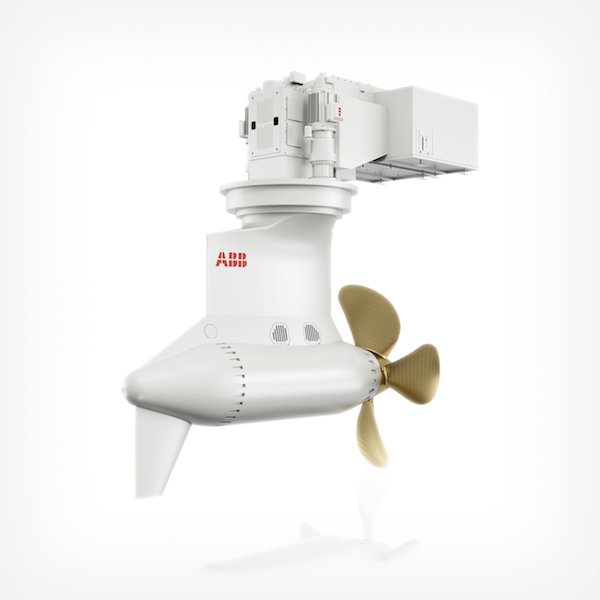
Azipods in the Maritime Industry
Contents Introduction What Are Azipods? History and Development of Azipods Advantages of Azipods Major Manufacturers and Costs Vessels with Azipods…
Read More » -
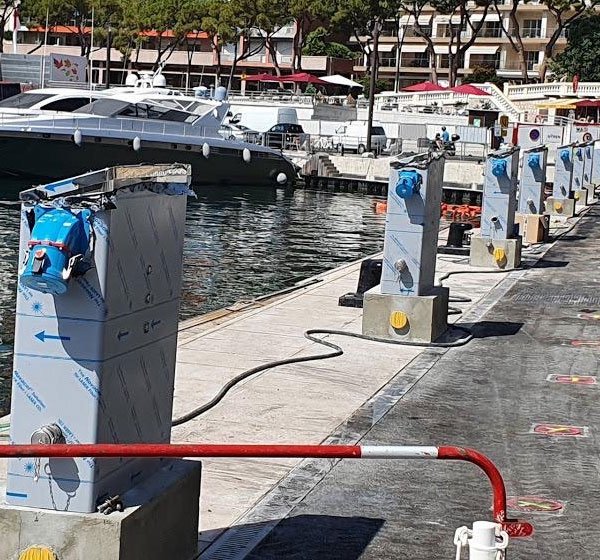
Shore Power on Mega Yachts
Contents Introduction Understanding Shore Power Benefits of Shore Power for Mega Yachts Shore Power Infrastructure on Mega Yachts Shore Power…
Read More » -
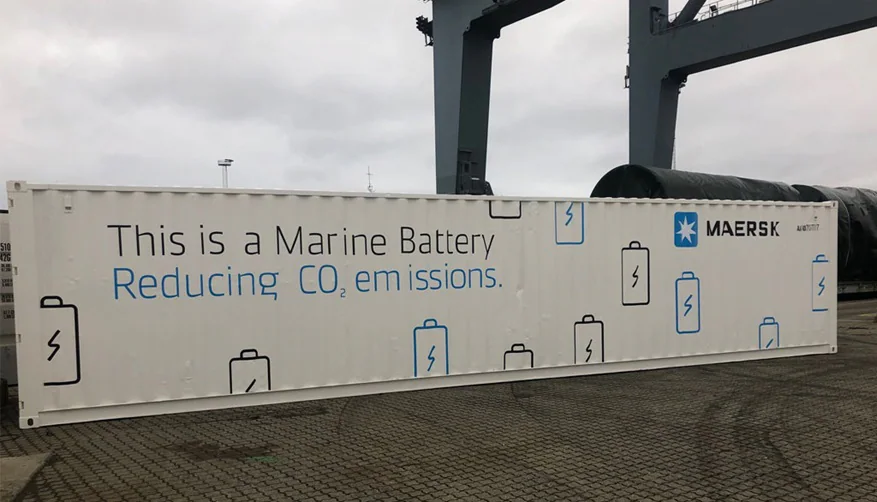
Battery Systems Used Onboard Ships
Battery systems are critical for various applications onboard ships, including emergency power, propulsion, and auxiliary systems. The choice of battery…
Read More » -
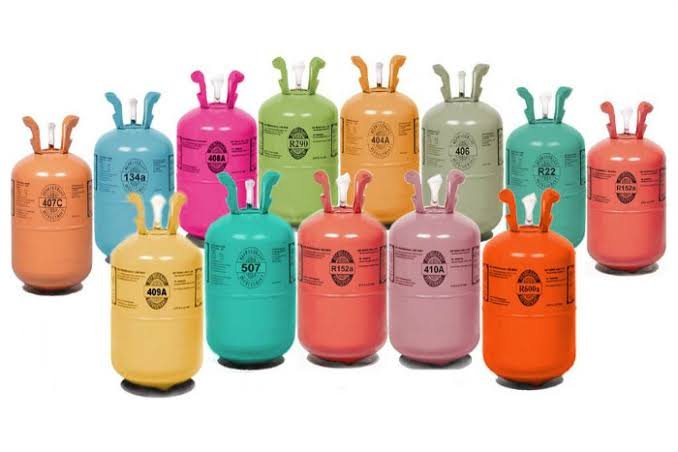
Types of Refrigerants Used in the Maritime Industry
1. R-134a (Tetrafluoroethane) Pros: Non-flammable and non-toxic: Safe for use in various applications. Stable and efficient: Good thermal stability and…
Read More » -
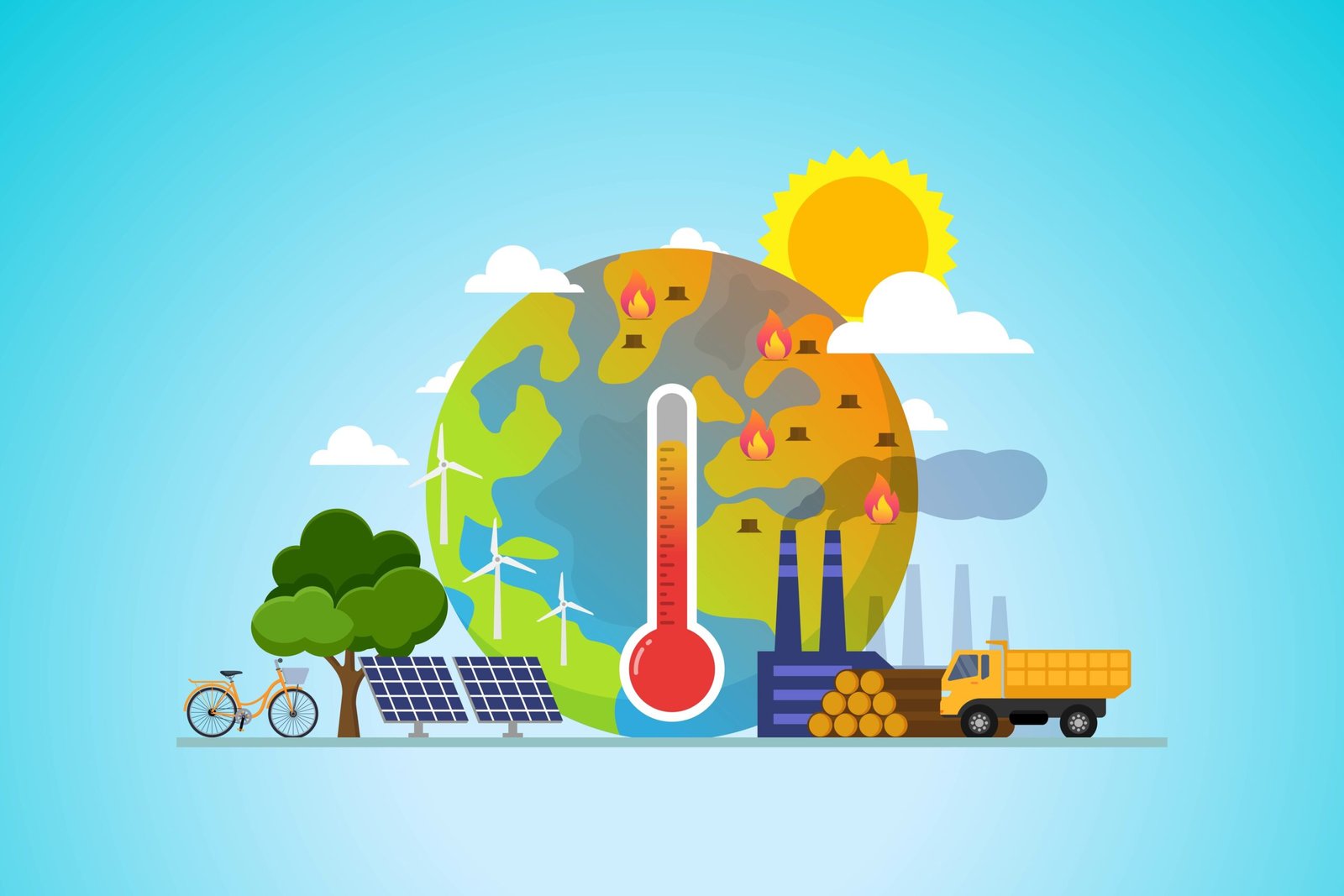
Global Warming Potential (GWP) Explained
Definition: Global Warming Potential (GWP) is a measure that describes the relative ability of a greenhouse gas to trap heat…
Read More » -
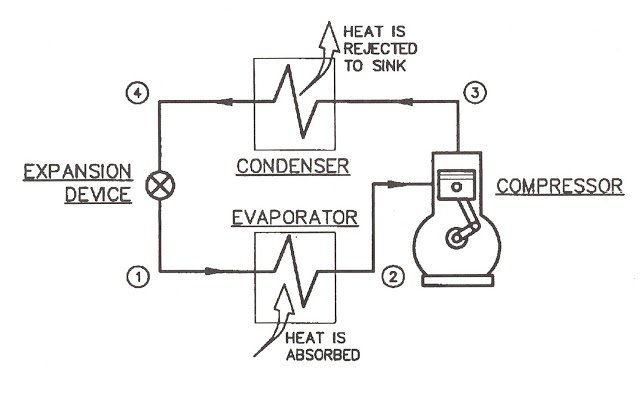
Marine Refrigeration
Introduction Refrigeration is a critical technology used across various industries, including the maritime sector. It plays a crucial role in…
Read More » -
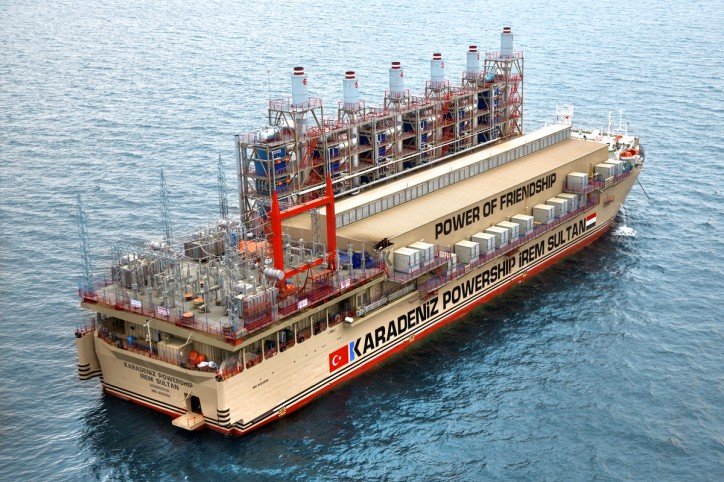
What are PowerShips ?
Contents Introduction to Powerplant Ships Types of Powerplant Ships 2.1 Floating Power Plants 2.2 LNG Power Barges 2.3 Nuclear Power…
Read More » -

Torsion Meters
Contents Introduction to Torsion Meters How Torsion is Measured Importance of Measuring Torsion Uses of Torsion Meters in the Maritime…
Read More »

